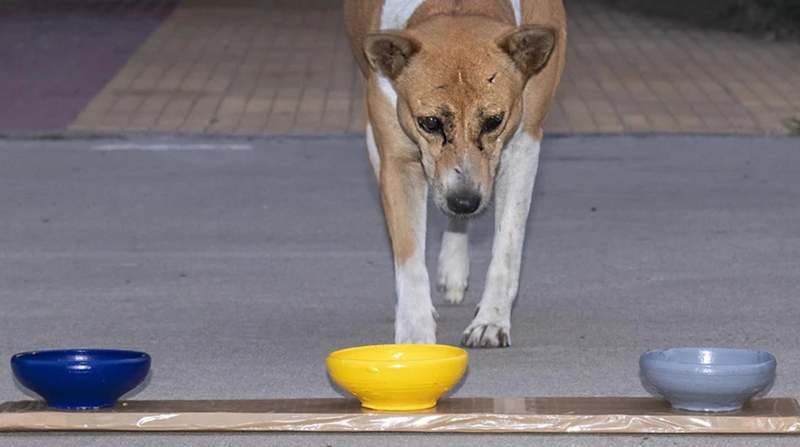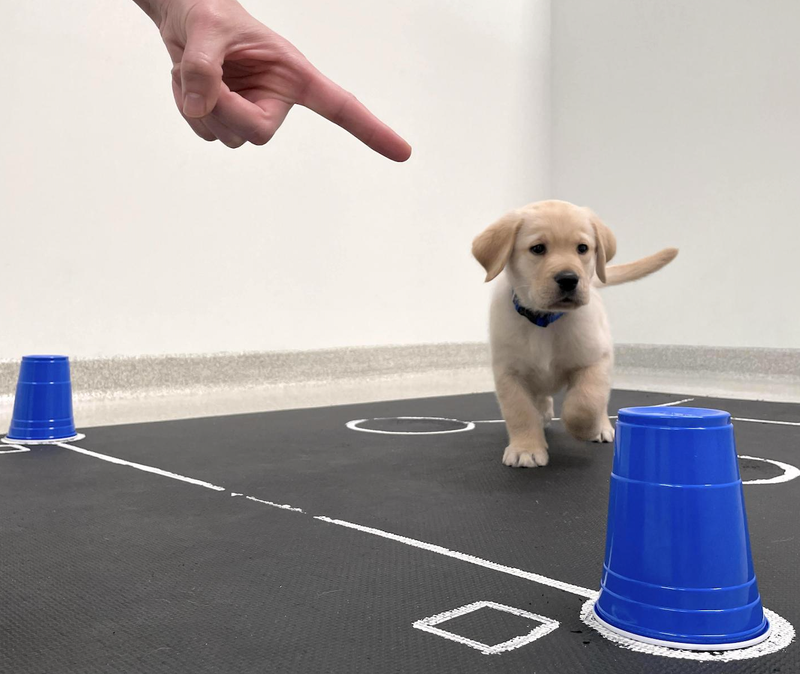Canines see colours differently than humans because they have fewer cone cells. Dogs roaming freely on Indian streets have a strong preference for yellow objects, a new study suggests. Dogs see colours differently than humans because they have fewer colour-sensitive cone cells in their eyes. Humans have three types of cone cells that enable us to see a range of colours. Dogs have only two types of these cells, making it difficult to differentiate between colours.
Dogs can see blue and yellow shades distinctly but fail to distinguish among shades of red, green and orange which all appear to them as tones of yellow or grey. Now, researchers at the Indian Institute of Science Education and Research in Kolkata say dogs appear to have a preference for shades of yellow.
This could be due to shades of yellow sticking out prominently in their vision. The research, published recently in the journal Animal Cognition, suggests this preference for yellow is so strong because it likely stemmed from when dogs evolved from wolves.
The researchers assessed over 130 street dogs in the Indian city of Kolkata as each of the canines faced yellow, blue or grey food bowls placed on the ground. Most of the dogs headed straight for the yellow bowl, significantly more than did for blue or grey, “even when the grey bowl had food in it and the yellow one did not”.
“This preference is so strong that it supersedes their attraction towards food, whether biscuit or chicken,” the study notes. “Together, these results lead us to the conclusion that the observed preference for yellow is a result of attraction towards yellow.”.
“We don’t yet know what exactly is causing this strong preference for yellow,” it adds but rules out the behaviour being due to a “repulsion towards other colours”. The researchers suspect one reason for the preference could be that most street dogs have fur shades of orange or brown that appear yellowish in the vision of other dogs.
Since colour preference can be either genetic or learned, the researchers call for future experiments to test the trait’s innateness. “Comparative studies with companion dogs and wolves can help to understand the evolutionary trajectory of this preference for yellow,” they say.































